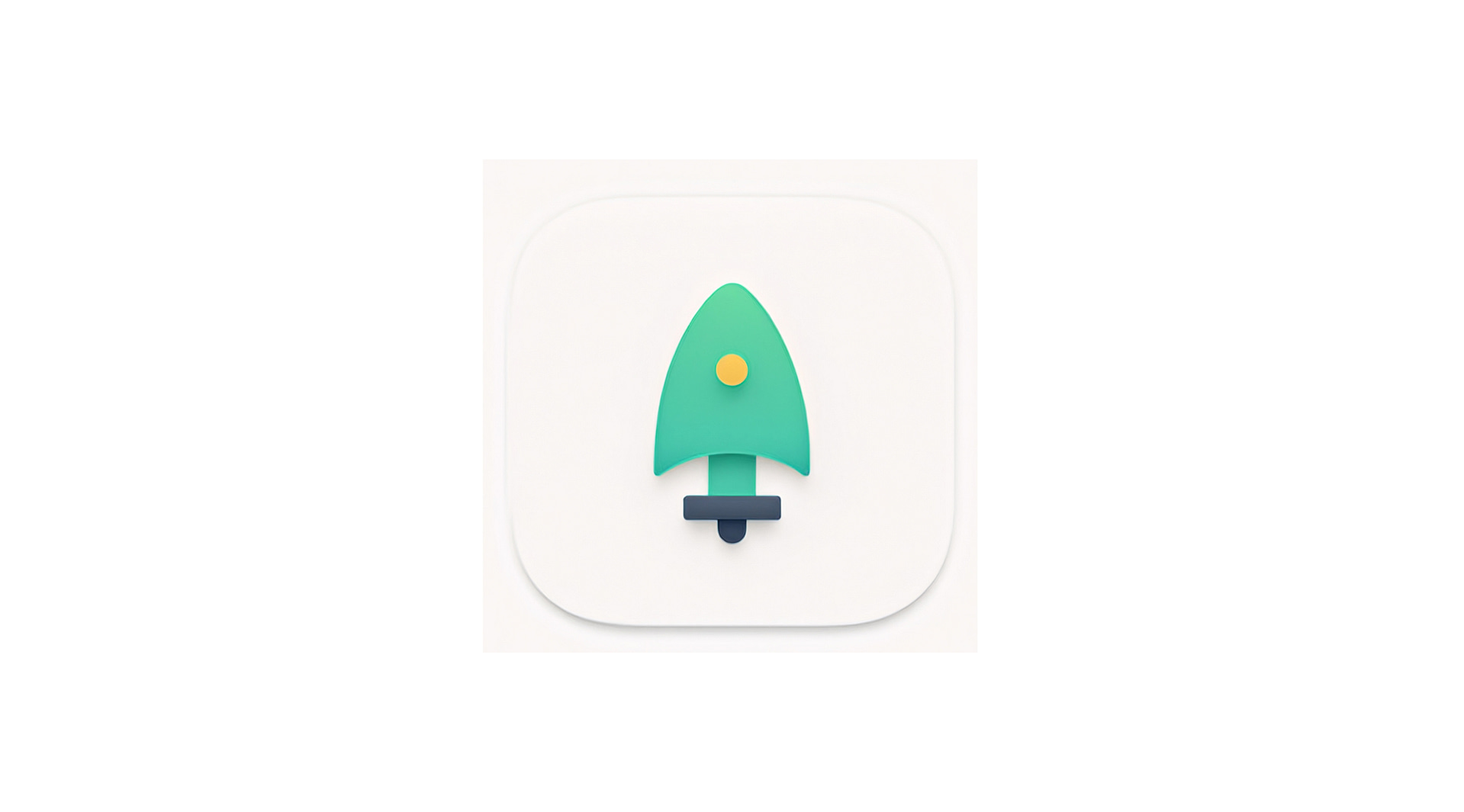As we move further into 2024, the landscape of digital advertising is evolving rapidly. Traditional ad formats and channels are being replaced or enhanced by new approaches, with a greater emphasis on user privacy, creativity, and cross-platform engagement. One of the most significant shifts is the rise of contextual targeting solutions—a direct response to increasing concerns over personal data privacy.
In addition to this, advertisers are adopting cross-media advertising tactics that seamlessly blend traditional and digital platforms, while new digital ad formats create richer, more engaging user experiences. This article explores the major trends shaping ad tech this year and examines how local solutions, like those developed in Mauritius, are leading the charge in this innovative space.
Contextual Targeting Solutions: The Future of Digital Advertising
2024 marks a major shift away from cookie-based tracking towards contextual targeting solutions. This method delivers ads based on the content users are currently engaging with, rather than relying on their browsing history. Not only does this approach align better with increasing privacy regulations, but it also makes ads feel more relevant and less intrusive, improving user experience.
For advertisers, contextual targeting presents a way to reach audiences more naturally, delivering ads that match the tone and subject of the content users are consuming. This is especially important as consumers become more privacy-conscious and regulations like the GDPR (General Data Protection Regulation) restrict the use of personal data.
By prioritizing content relevance over invasive tracking, contextual targeting ensures that brands can still achieve high engagement while respecting user privacy.
Local Ad Tech Solutions: Leading the Way in Privacy-First Innovation
As the global advertising industry moves towards a cookie-free future, local solutions are emerging as key players in this transition. In Mauritius, for example, Digitalgo has pioneered a locally-based ad tech solution that emphasizes privacy and relevance. The platform is built with contextual targeting in mind, tailored specifically to the needs and preferences of the local market.
By embracing IAB (Interactive Advertising Bureau) standards and focusing on privacy-first technology, local platforms like Digitalgo are setting an example for how ad tech can evolve in a world that demands greater user privacy. These solutions allow advertisers to run targeted campaigns that are effective and respectful of consumer data, all while complying with local regulations.
Personal Data Privacy: A Cornerstone of Ad Tech Innovation
With the rise of regulations like GDPR, personal data privacy has become a non-negotiable aspect of digital advertising. In 2024, brands and advertisers are increasingly adopting privacy-by-design ad technologies, where user data protection is embedded into the very fabric of advertising solutions.
This means that from ad creation to delivery, every step of the process is designed to prioritize privacy. Two significant developments in this area are:
- Zero-party data: Rather than relying on third-party tracking, brands are collecting data directly from users through voluntary engagement. This method builds trust and allows for highly personalized ads without compromising privacy.
- Privacy-by-design ad tech: Technologies that incorporate privacy into their infrastructure, ensuring compliance with data protection regulations from the outset.
By adopting these models, advertisers can create campaigns that are not only effective but also build trust with consumers—an increasingly important factor in a world where privacy concerns are growing.
Cross-Media Advertising Tactics: Uniting Digital and Traditional Platforms
The lines between traditional and digital advertising are blurring, and 2024 has seen the rise of cross-media advertising tactics. This approach integrates both traditional media, such as TV or radio, with digital platforms, allowing brands to create cohesive campaigns that reach audiences across multiple touchpoints.
For example, a brand might launch a teaser video on social media, follow it up with detailed information in an email newsletter, and cap the campaign with a TV commercial. This creates a unified narrative that enhances brand recall and boosts engagement.
Key strategies for cross-media advertising include:
- Synchronized campaigns: Coordinating digital ads to align with traditional media broadcasts, maximizing exposure.
- Integrated content strategies: Partnering with influencers across both social and traditional media to create a seamless message.
- Data-driven targeting: Using analytics from both traditional and digital channels to refine audience targeting and optimize ad performance.
By adopting these tactics, advertisers can ensure that their message is consistent across all platforms, reaching diverse audience segments effectively.
Exploring New Digital Ad Formats
In 2024, new digital ad formats are reshaping how brands engage with their audiences. These formats not only offer more immersive experiences but are also designed with compliance and privacy in mind, adhering to IAB standards. Some of the most exciting innovations include:
- Interactive ads: Ads that invite users to engage, leading to higher interaction and engagement rates.
- Augmented reality (AR) ads: Allowing users to visualize products in their real-world environments before making a purchase decision.
- Shoppable video ads: Integrating e-commerce functionality directly into video content, making it easier for consumers to purchase products without leaving the ad.
These new formats encourage user interaction and provide advertisers with more dynamic ways to capture audience attention, ensuring compliance without compromising creativity.
The Road Ahead
As we navigate the changing landscape of digital advertising in 2024, the focus on privacy, contextual relevance, and cross-media integration will continue to shape the industry. Brands and advertisers must adapt to these innovations, leveraging new ad formats and privacy-first solutions to stay ahead of the curve.
For local markets like Mauritius, the opportunity to lead with innovative, privacy-conscious ad tech solutions is immense. Platforms like Digitalgo are at the forefront of this revolution, offering a blueprint for how local solutions can drive global change.
The future of advertising lies in striking the perfect balance between personalization and privacy, creativity and compliance—and 2024 is just the beginning.
